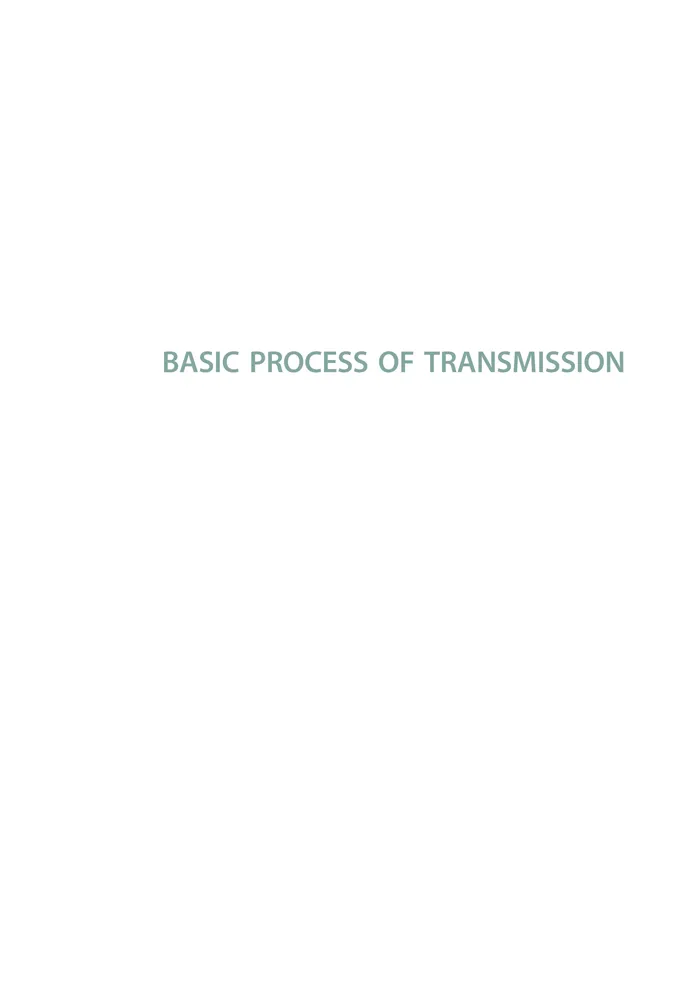
Microbial Transmission
- English
- ePUB (mobile friendly)
- Available on iOS & Android
Microbial Transmission
About this book
Microbial transmission, the processes by which microbes transit to new environments, is a significant and broad-reaching concept with applications throughout the biological sciences. This collection of reviews, edited by an international team of experts studying and working across a range of disciplines, explores transmission not just as an idea in disease but as a fundamental biological process that acts in all domains of nature and exerts its force on disparate size scales, from the micro to the macro, and across units of time as divergent as a single bacterial replication cycle and the entire course of evolution.
In five sections, this overview
- Defines the concept of transmission and covers basic processes of transmission, including causality, control strategies, fitness costs, virulence, and selection
- Presents numerous combinations of transmission scenarios across the bacterial, animal, and human interface
- Examines transmission as the defining characteristic of infectious disease
- Presents methods for experimentally verifying and quantifying transmission episodes
- Concludes with important theoretical and modeling approaches
Anyone studying or working in microbial colonization, evolution, pathogenicity, antimicrobial resistance, or public health will benefit from a deeper understanding of Microbial Transmission.
Frequently asked questions
- Essential is ideal for learners and professionals who enjoy exploring a wide range of subjects. Access the Essential Library with 800,000+ trusted titles and best-sellers across business, personal growth, and the humanities. Includes unlimited reading time and Standard Read Aloud voice.
- Complete: Perfect for advanced learners and researchers needing full, unrestricted access. Unlock 1.4M+ books across hundreds of subjects, including academic and specialized titles. The Complete Plan also includes advanced features like Premium Read Aloud and Research Assistant.
Please note we cannot support devices running on iOS 13 and Android 7 or earlier. Learn more about using the app.
Information

2 Causality in Biological Transmission: Forces and Energies
THE COGNITIVE REPRESENTATION OF THE CONCEPT OF TRANSMISSION
COMPONENTS OF THE TRANSMISSION PROCESS
Table of contents
- Cover
- Microbial Transmission
- I. INTRODUCTION
- II. BASIC PROCESS OF TRANSMISSION
- III. SCENARIO OF TRANSMISSION
- IV. PATIENT-TO-PATIENT TRANSMISSION
- V. EXPERIMENTAL AND THEORETICAL MODES OF TRANSMISSION